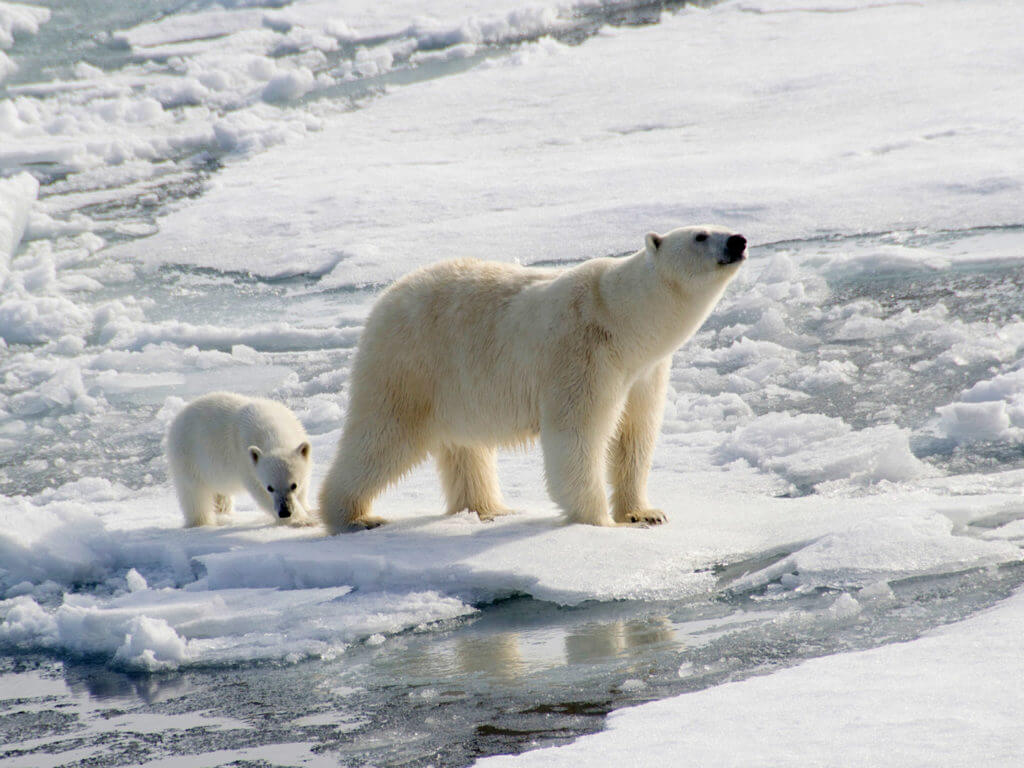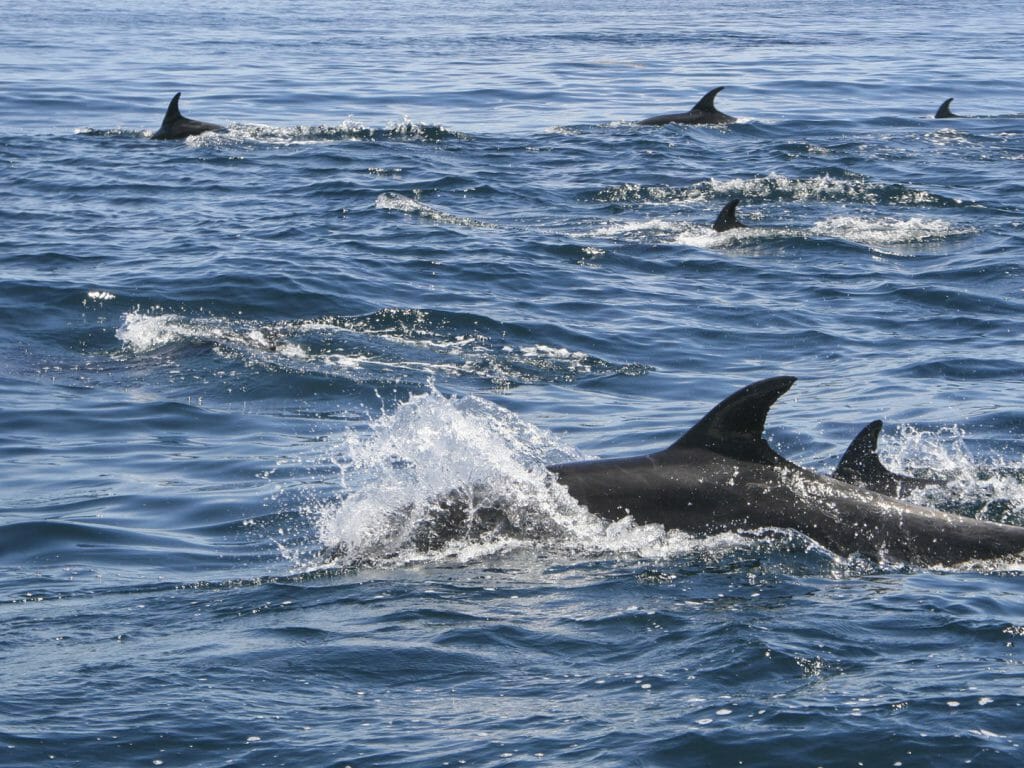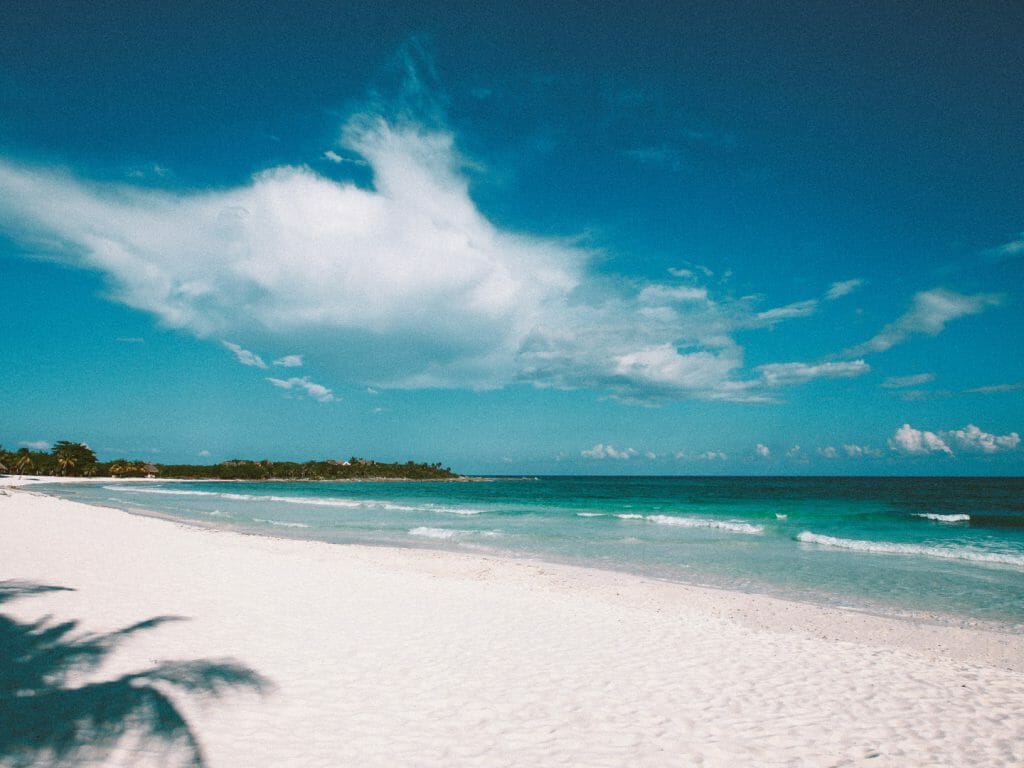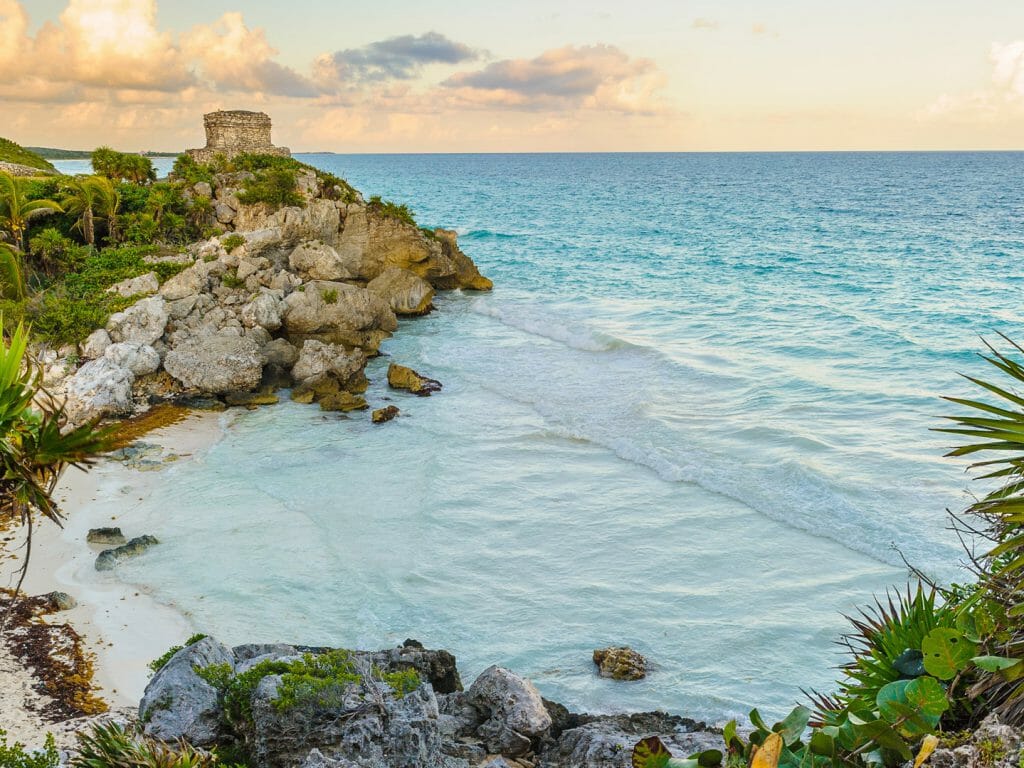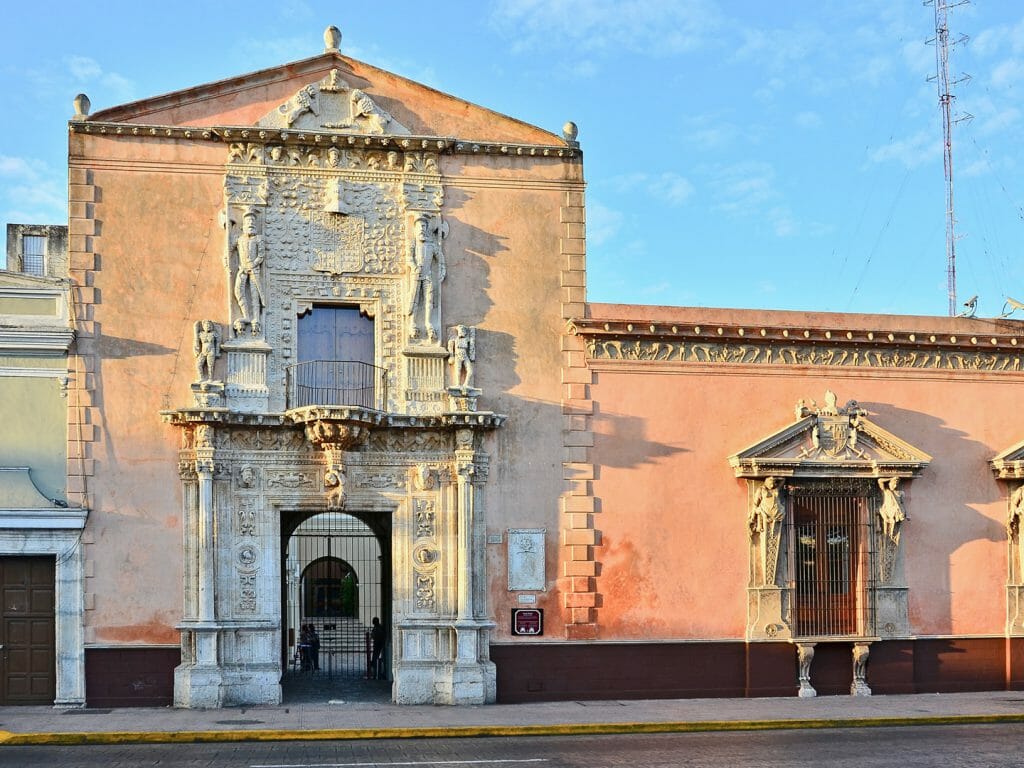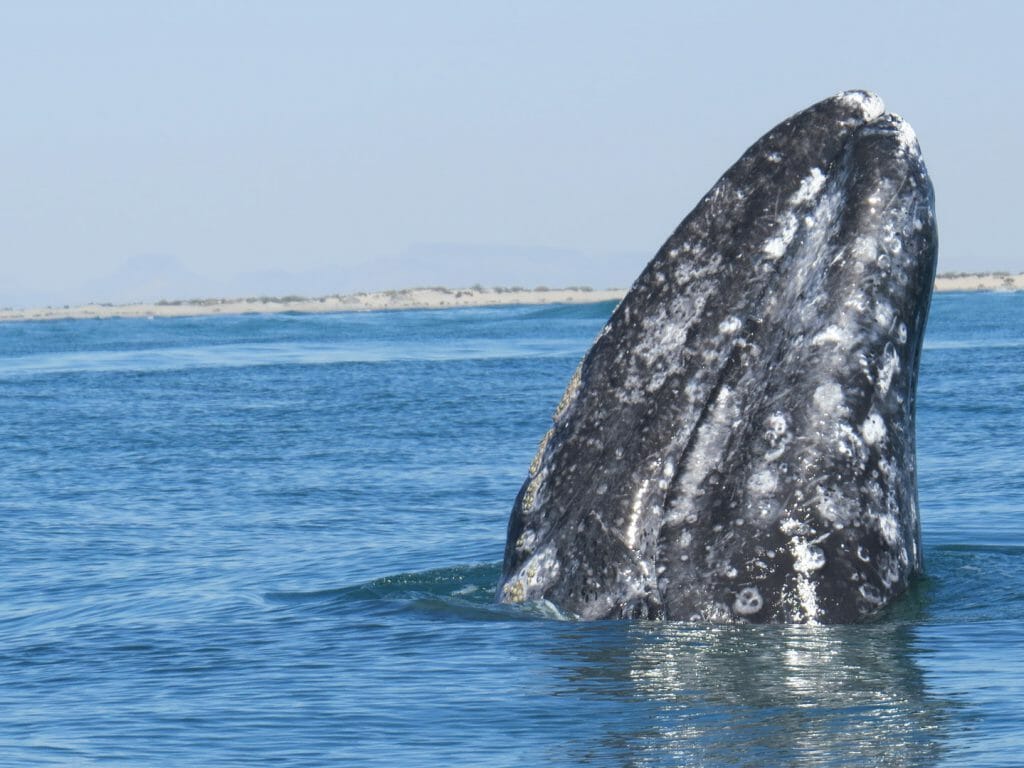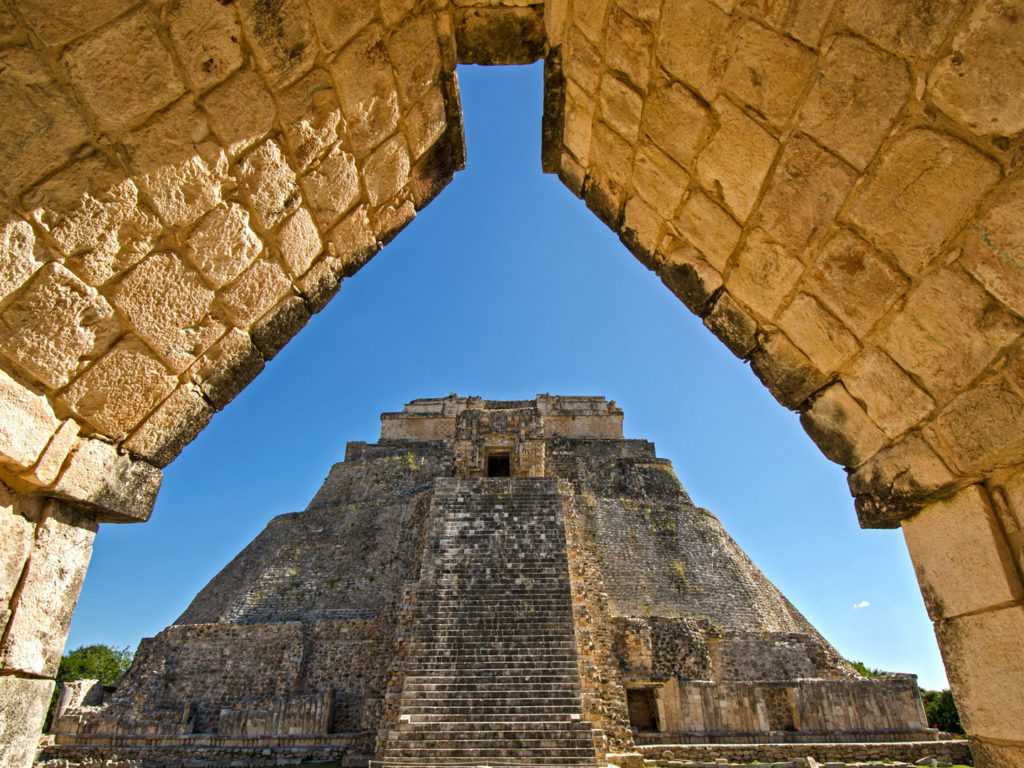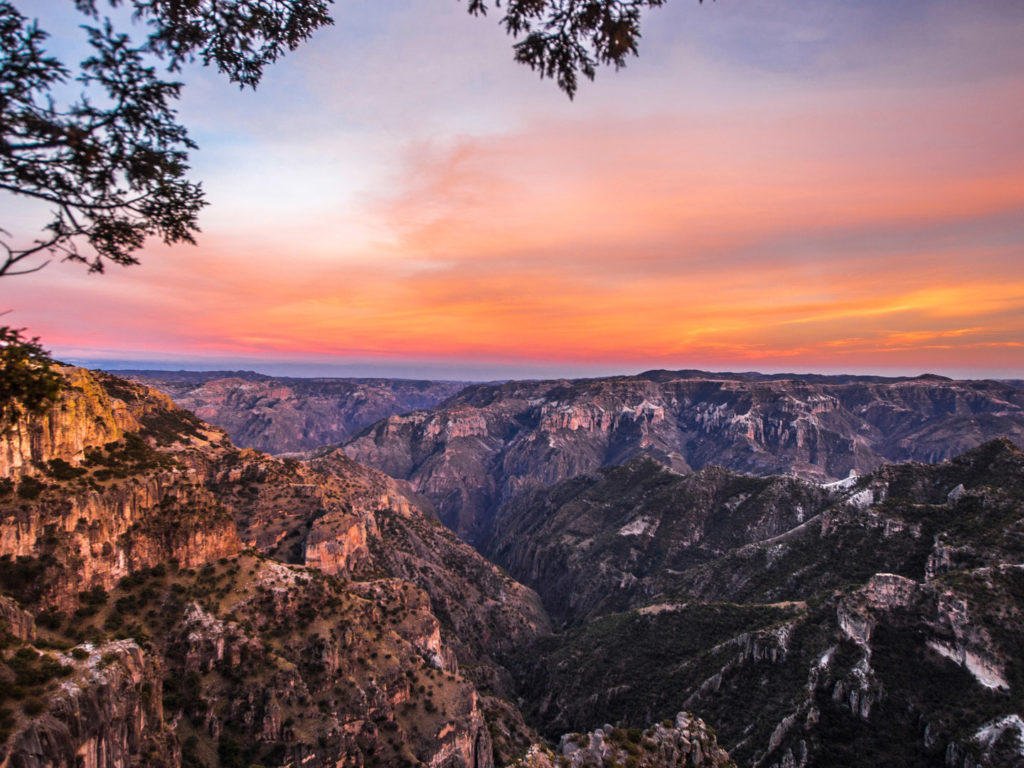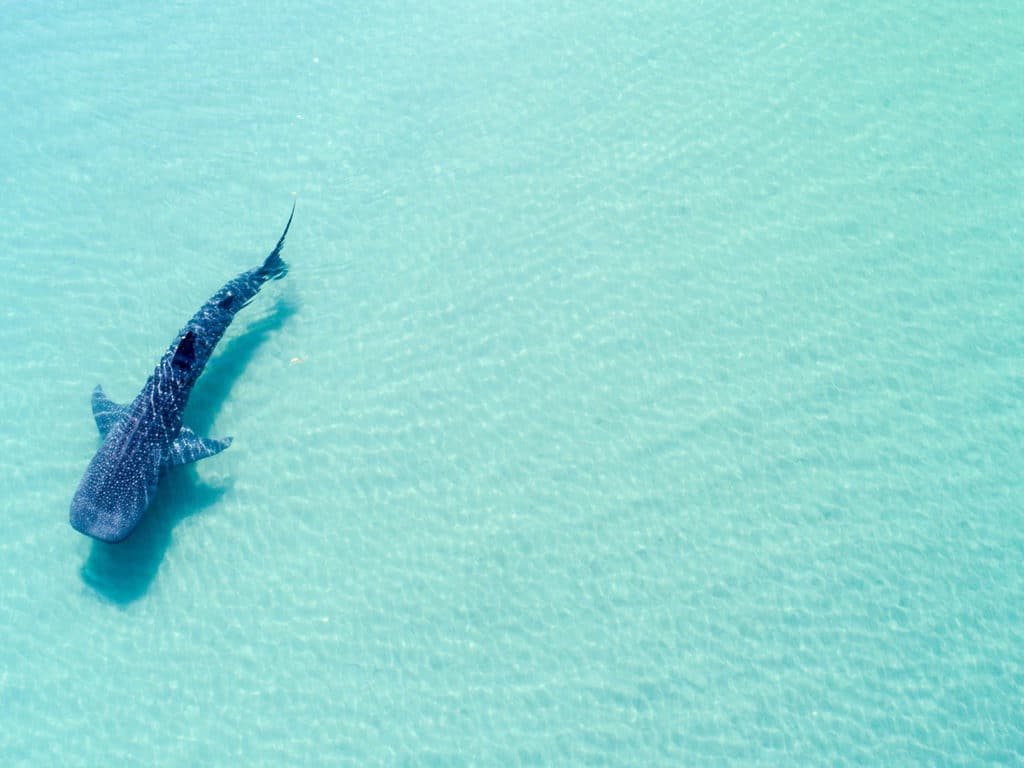I’m at the half way point of a 12-day whale watching trip that started in San Diego and has just rounded Cabo San Lucas (southern tip of the Baja Peninsula) into the Sea of Cortez, a body of water described by Jacques Cousteau as “the aquarium of the world”. We’ve been in search of some of the ocean’s largest creatures and on the way south, along Baja’s Pacific coast, have already shared beaches with elephant seals, been introduced by grey whale mothers to their inquisitive calves and hung out with fin, humpback and Bryde’s whales. All offered spectacular wildlife encounters but today has been a Top Trump day – meeting the largest, record-breaking beasts of the deep.
Today’s aim was to locate and swim with whale sharks. Neither a shark nor a whale, this is the biggest fish on the planet, measuring up to 12 metres in length and weighing up to 22 tons. Yesterday, as we passed over Gorda Banks (a submerged mountain range off the peninsula’s southern tip) we had a tantalisingly brief encounter with a 9 metre “tiddler” that glided past the prow of our vessel, its dorsal fin cutting the water, before gliding under the boat and reappearing on the other side as it leisurely checked us out prior to slipping into the depths.
The bridge deck of our boat (The Searcher) offered grandstand views of a broad flat head and brown polka-dotted body, colossal mouth gaping as the whale shark sieved plankton. While it was very impressive to witness this huge and striking creature effortlessly and elegantly take a spin around the hull of the Searcher, it was reassuring to know that one of the world’s largest animals only has a dietary penchant for some of the ocean’s smallest. However, it was still a sobering thought that we would be swimming alongside this creature the following day.
And so at 7am this morning, we were ferried by pangas into the Bay of La Paz and donned wetsuits, fins, snorkels and masks for our appointment with whale sharks.
The bay is a huge shallow natural harbour that attracts whale sharks to feed. After just 10 minutes our skipper, Santos, spies a large tell-tale shadow and manoeuvres our panga to anticipate the route of the fish and instructs us to “enter the water and follow”. Simple as that! After an initial flurry of fins, frantic scanning above and under water, I somehow manage to find myself snorkelling alongside this magnificent creature.
Over the course of 5 minutes, I swim my way from an impressive 2 metre tail-fin past the dorsal and gently rippling gills to find myself alongside its expansive head and spend a few moments eyeball-to-eyeball with this fantastic fish. Glancing back, I note teeth scars that striate a pectoral fin, bearing testament to a less gentle encounter, most probably with a large predatory shark such as a white, tiger or mako.
For most of our swim together, my vision is completely filled with the sunlight dappled spotted body of this muscular creature. I speed up, slow down and make turns as it alters its course, all the while just a couple of metres away as we both skim he surface. I’m very aware that just a flick of its tail could leave me in its wake (or hospital) but the whale shark seems largely indifferent about our presence and I start to feel very comfortable in the company of my new swimming buddy.
It’s just as we are eyeballing each other and I start to mull over metaphysical connections between myself and this giant, that the spell (and any imagined bond) is shattered by a momentarily submerged snorkel and I return to the surface thrashing around with a mouth and nose full of salty water. This spluttering, mucousy and rather inelegant end to our swim together reminds me that I’m really “the fish out of water”. The whale shark has tolerated me as a visitor in its back yard and as I doggy-paddle my way back to the panga, I realise how completely exhausted trying to keep up with the whale shark has left me. A fixed grin is the other legacy. This has been a very special experience.
After a few opportunities to swim with three whale sharks, we head back to the Searcher. Santos’ radio crackles with extraordinary news. Art (skipper of the Searcher) announces that a blue whale has been spotted within the bay. This is highly unusual as the bay is relatively shallow and the blue whale is the largest animal known to have ever existed on earth, weighing up to 190 tons and up to 30 metres in length (think three London buses).
Astoundingly, it turns out that there are actually four blues in the bay and we set off in our skiffs to view this iconic creature. In my over-excitement, I ask whether we’ll be able to snorkel with the blue whales. Santos stifles a laugh and suggests that it’s not a very practical idea. I soon understand why as one of the whales breaks the water just 50 metres from our panga. The body is immense and seems to take forever to complete a surface roll before submerging. We spend an hour in their company. No flukes were lifted as the whales were in very shallow water, possibly shallower than their own body length. One passed almost under a skiff and we saw the strokes of its flukes.
It’s been a remarkable morning, sharing the water with and company of the planet’s largest whale and fish species. Next underwater encounter is with California sea lions in the Sea of Cortez at Los Islotes………. it’s not all about size!



